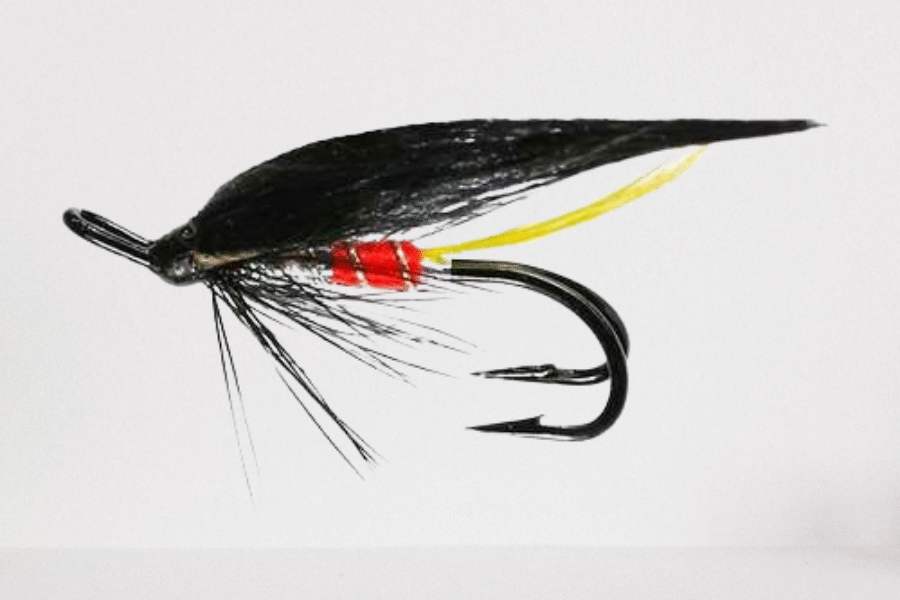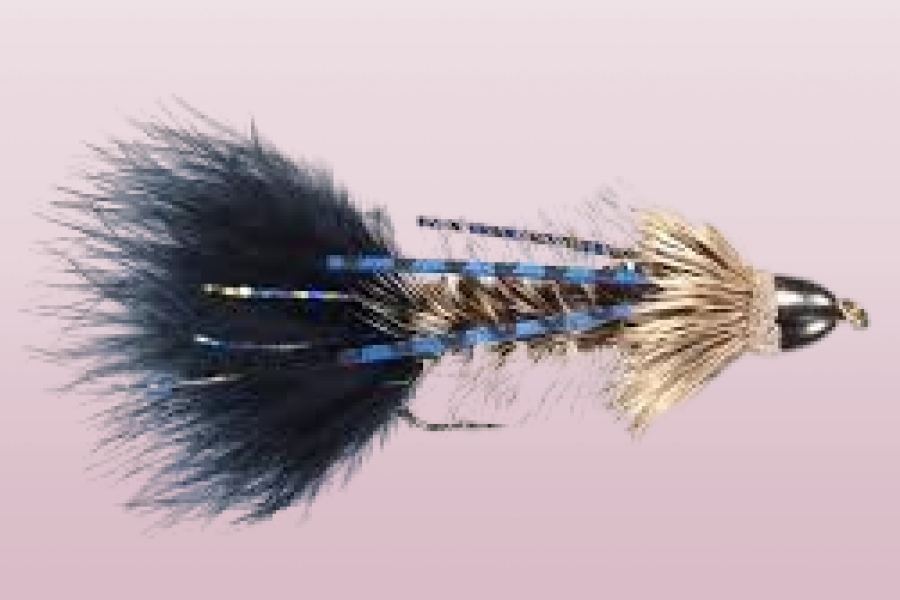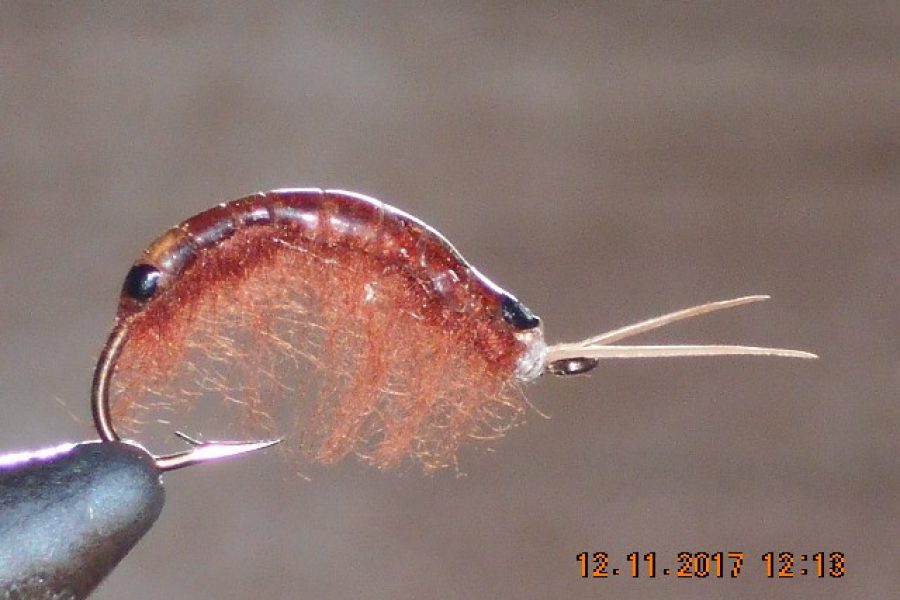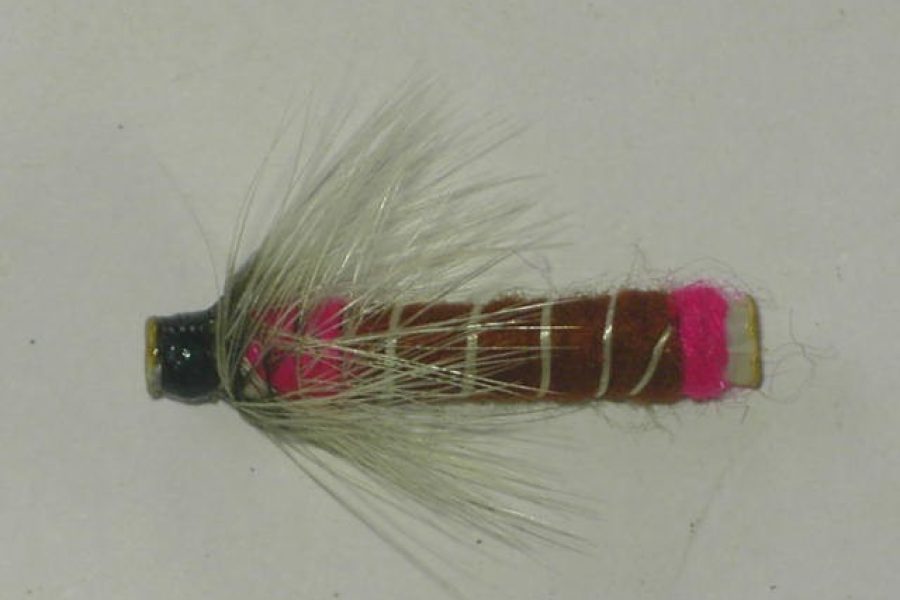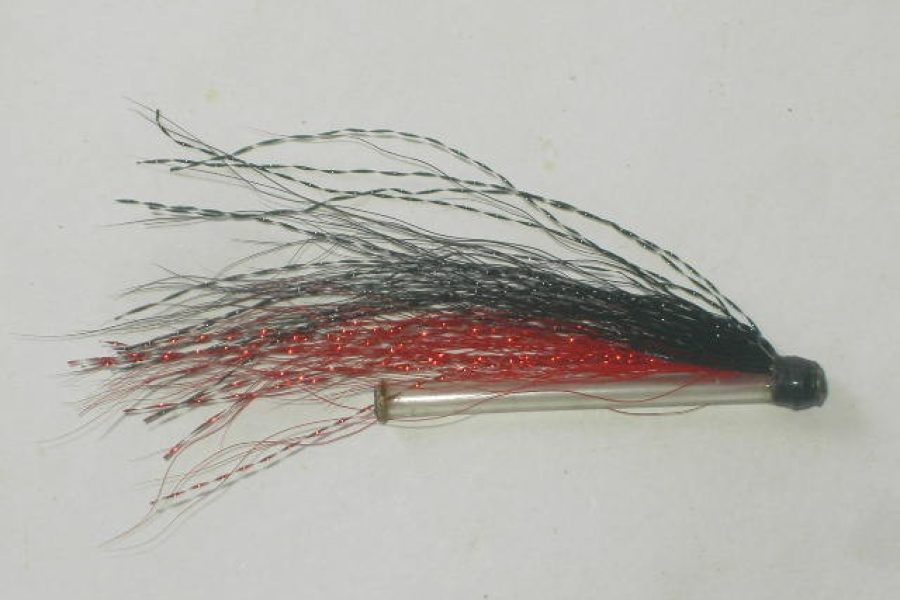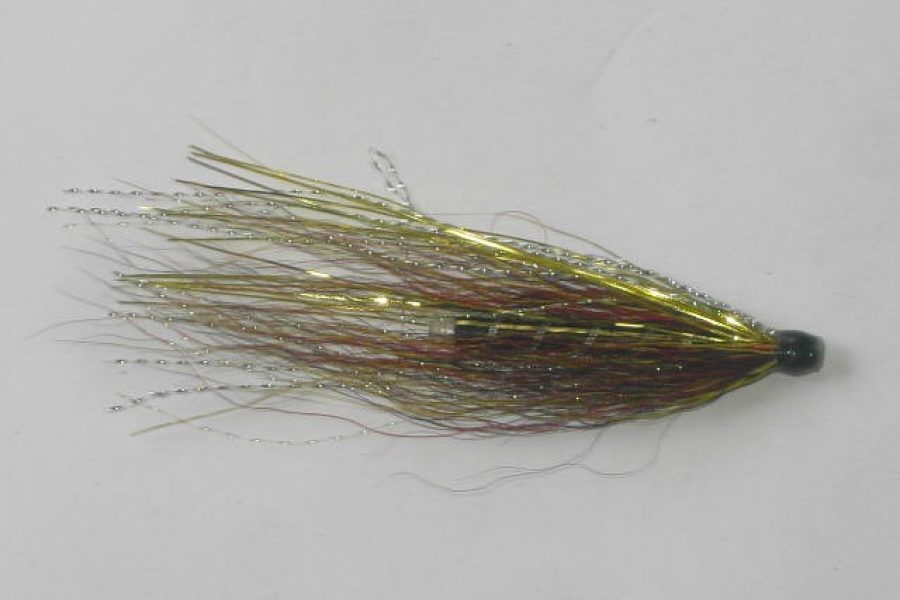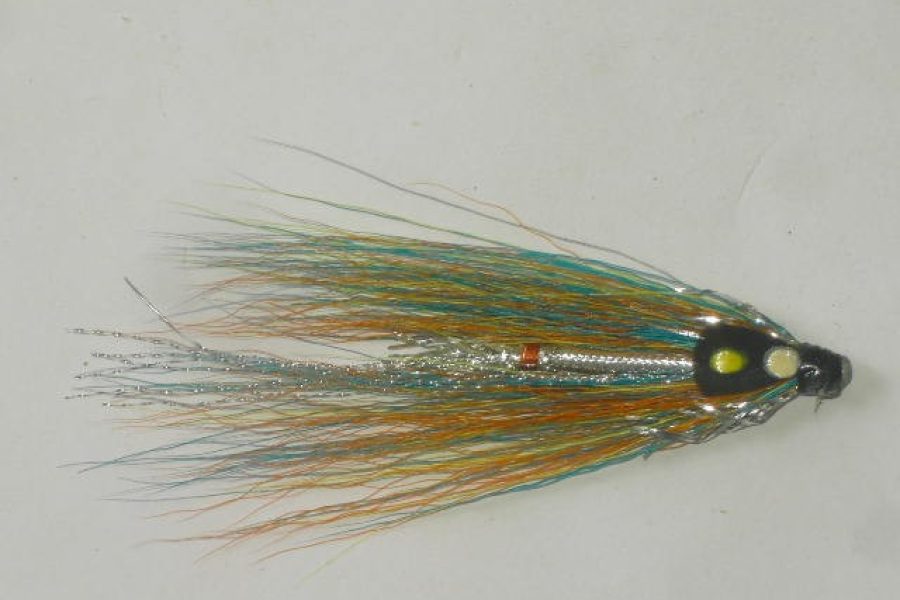Description
Historical Significance and Pattern Evolution
Alistair’s Cascade Mini ConeHead fly represents a modern adaptation of the classic Cascade pattern, specifically designed for targeting trout and salmon in various water conditions. This innovative pattern combines the effectiveness of traditional Cascade designs with the modern addition of a weighted conehead, creating a versatile fly that quickly reaches productive feeding zones. The pattern has gained particular recognition in Highland waters and has established itself as a reliable attractor pattern wherever salmonids swim.
Premium Materials and Construction Details
Essential Materials List:
- Hook: Strong streamer hook (sizes 8-12)
- Conehead: Brass or tungsten, mini size
- Thread: Black or red 6/0
- Tail: Mixed synthetic fibers
- Body: Segmented, UV-enhanced materials
- Flash: Pearl or crystal flash
- Wing: Mixed synthetic and natural materials
- Hackle: Soft, mobile materials
- Ribbing: Fine silver wire
- Head: Clear finish behind cone
Material Selection Considerations:
- Conehead size affects sink rate
- Thread strength crucial for durability
- Tail materials create movement
- Body materials provide flash
- Wing density affects action
- Hackle quality determines movement
- Rib material adds segmentation
- Head finish protects materials
- Material preparation affects profile
- Storage conditions preserve materials
Detailed Tying Instructions
Preparation Steps:
- Select appropriate hook size
- Add conehead
- Prepare tail materials
- Select flash materials
- Organize workspace
- Check tools
- Plan proportions
- Review pattern
- Test thread strength
- Prepare materials
Step-by-Step Tying Sequence:
- Slide conehead onto hook
- Create thread base
- Tie in tail materials
- Add flash elements
- Form segmented body
- Apply ribbing
- Add wing materials
- Build hackle collar
- Secure conehead
- Whip finish
- Apply head cement
- Check proportions
Advanced Fishing Techniques
Presentation Methods:
- Strip-and-pause retrieve
- Swing presentation
- Dead drift
- Figure-eight retrieve
- Cross-current swing
- Deep water tactics
- Structure fishing
- Current seam presentation
- Edge water approaches
- Pattern combinations
Water Reading Skills:
- Identify feeding zones
- Recognize current breaks
- Spot structure
- Detect fish movement
- Read water clarity
- Locate prime lies
- Find transition zones
- Identify temperature breaks
- Track fish patterns
- Monitor conditions
Seasonal Strategies
Spring Tactics:
- Target pre-spawn fish
- Focus on warming water
- Match water levels
- Adjust retrieve speed
- Monitor temperatures
- Watch for activity
- Follow fish movement
- Time presentations
- Adapt to conditions
- Match natural movement
Summer Applications:
- Early morning fishing
- Late evening sessions
- Target shade lines
- Focus on structure
- Match daily patterns
- Observe feeding windows
- Adjust to conditions
- Monitor water levels
- Watch temperatures
- Time presentations
Fall Approaches:
- Match baitfish patterns
- Target feeding fish
- Adjust presentation depth
- Watch water conditions
- Monitor temperatures
- Follow movement patterns
- Adapt to weather
- Time efforts effectively
- Match natural movement
- Adjust techniques
Technical Rigging Considerations
Leader Construction:
- Strong fluorocarbon leaders
- Quality tippet material
- Proper diameter selection
- Breaking strength considerations
- Length adjustments
- Material choices
- Knot selection
- Sink rate control
- Visibility factors
- Setup variations
Terminal Tackle:
- Loop knot connections
- Direct tie methods
- Leader construction
- Line control
- Strike detection
- Depth adjustment
- Pattern spacing
- Drift control
- Presentation angles
- Setup modifications
Habitat-Specific Tactics
Water Types:
- Highland streams
- Large rivers
- Tailwaters
- Deep pools
- Fast runs
- Mixed waters
- Clear streams
- Pocket water
- Riffles
- Current seams
Specific Locations:
- Pool heads
- Current breaks
- Structure edges
- Deep channels
- Mid-stream
- Transitions
- Drop-offs
- Holding lies
- Travel routes
- Feeding zones
Advanced Presentation Methods
Traditional Techniques:
- Downstream swing
- Upstream retrieve
- Cross-current presentation
- Mending techniques
- Line control
- Depth management
- Speed control
- Pattern movement
- Retrieve rhythm
- Strike detection
Modern Adaptations:
- Two-handed retrieves
- Multiple fly rigs
- Structure approaches
- Deep water methods
- Edge water tactics
- Pattern combinations
- Presentation modifications
- Depth control
- Speed variations
- Drift management
Pattern Variations
Size Considerations:
- Match water conditions
- Consider target species
- Adapt to pressure
- Account for clarity
- Follow seasonal trends
- Consider fish size
- Match preferences
- Adapt to depth
- Consider current
- Match forage base
Color Variations:
- Traditional scheme
- UV enhanced
- Flash levels
- Light conditions
- Water clarity
- Seasonal changes
- Fish preferences
- Pressure effects
- Regional preferences
- Time of day
Alistair’s Cascade Mini ConeHead represents the perfect fusion of traditional design and modern innovation. Its carefully selected materials and precise construction ensure exceptional performance across various fishing conditions. Whether targeting trout in small streams or salmon i

